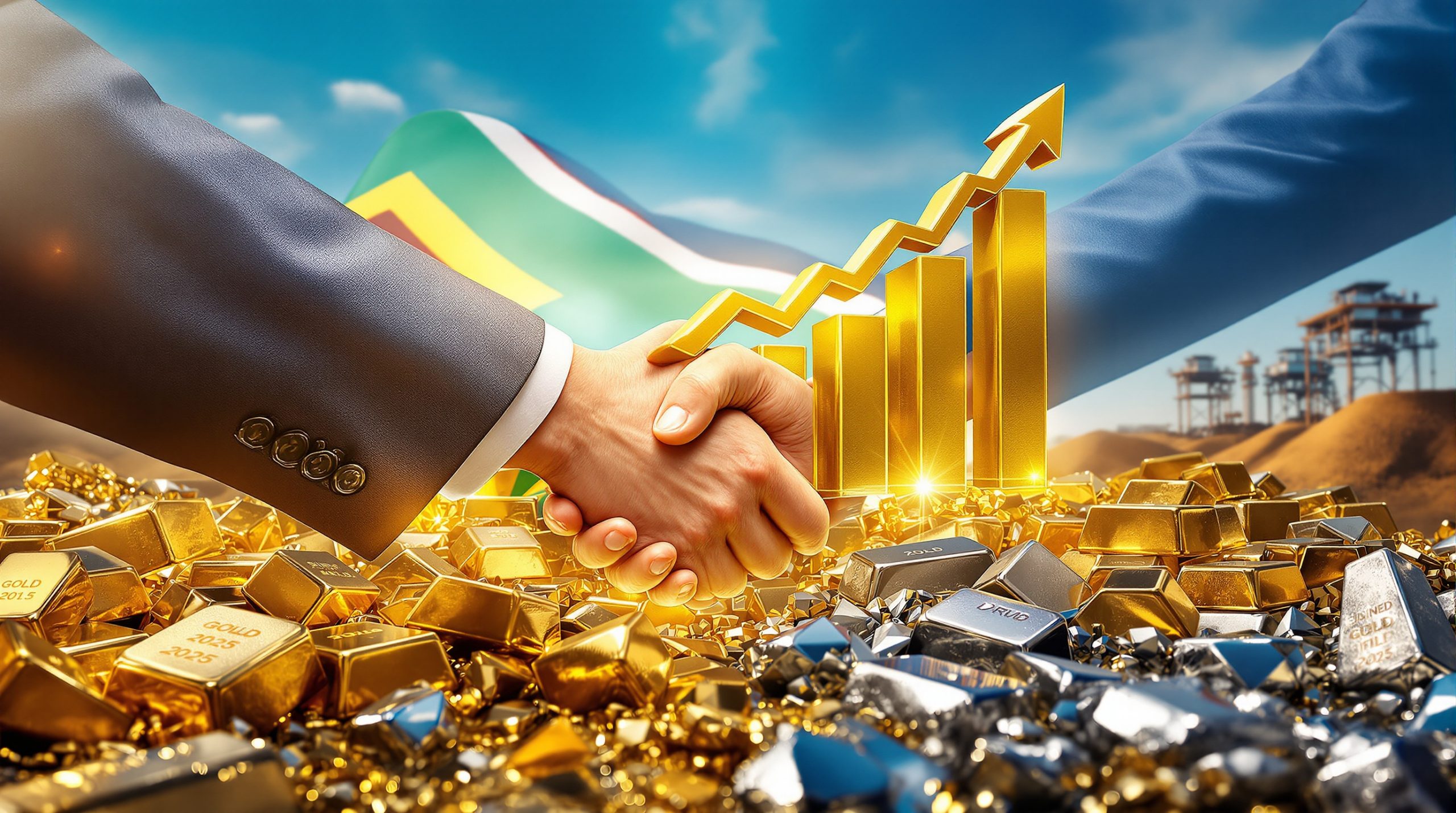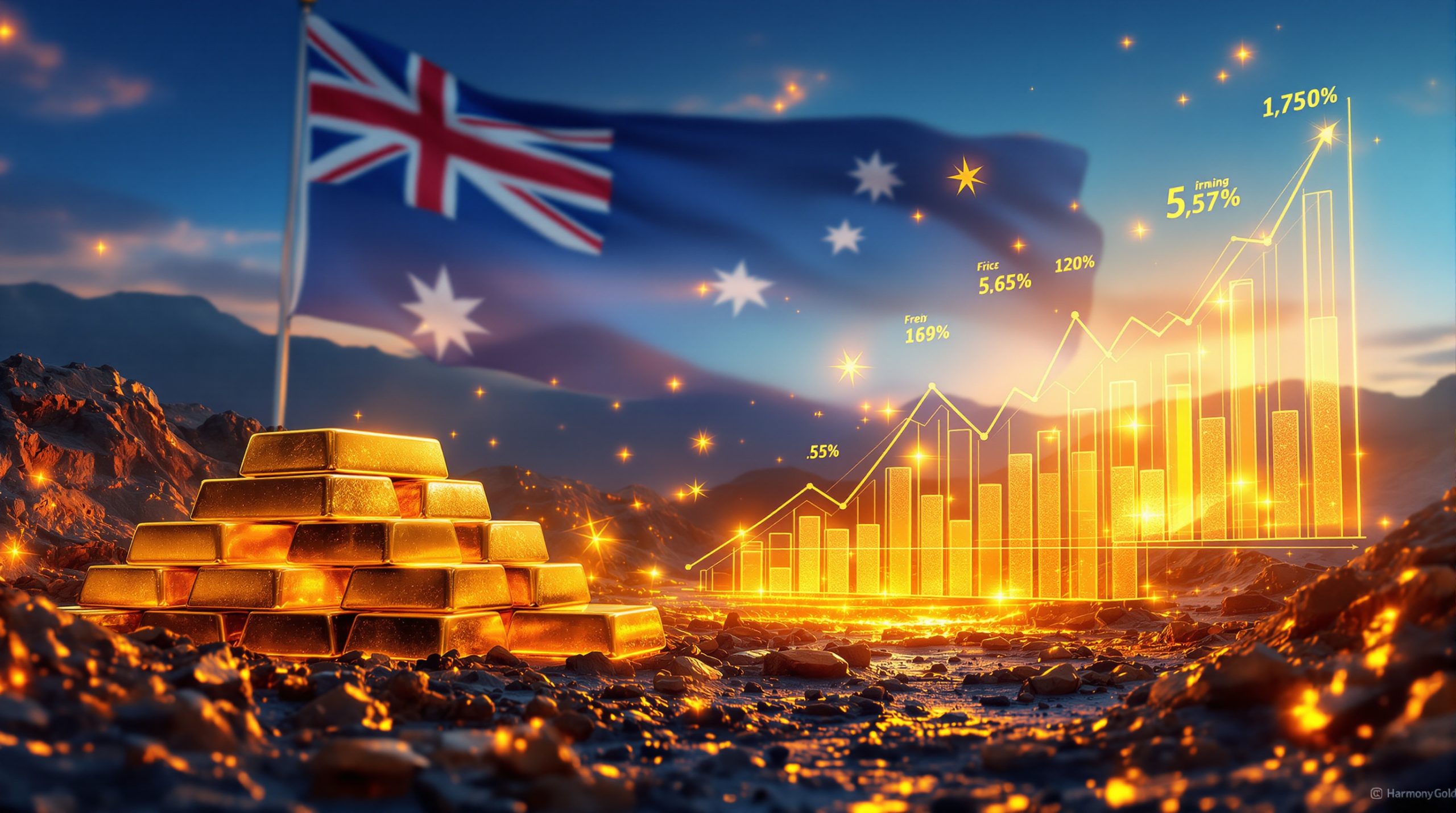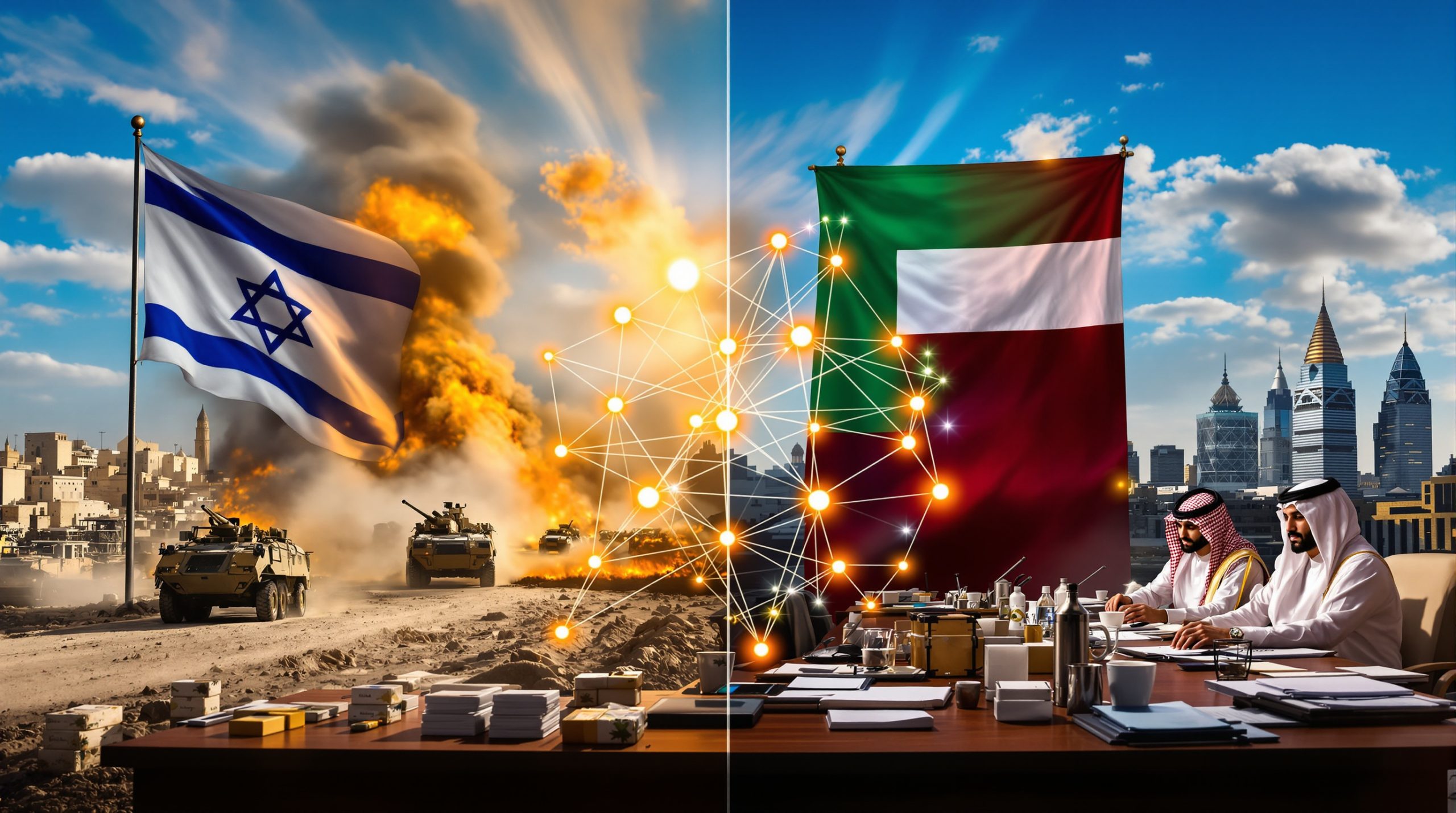The Lithium Market Crash: What Happened?
From Market Darling to Distressed Asset
Lithium's price collapse—from historic highs above $80,000 per metric ton in 2022 to roughly $15,000 by early 2025—reflects a classic commodity cycle. The market transitioned from scarcity-driven euphoria to oversupply, with even major producers like Albemarle trading below pre-boom valuations. Volatility has been extreme: lithium and battery metals ranked as both the top-performing (2021–2022) and bottom-performing (2023–2024) commodity globally.
A key factor is the "crisis selling period" across junior and senior mining sectors. Distressed asset sales and equity devaluations have become widespread, with companies like Core Lithium halting operations due to unsustainable costs. Market sentiment has compounded the downturn, as investors fled speculative positions despite strong underlying demand growth. Understanding these market dynamics explained can help investors navigate this volatile sector.
Supply-Demand Imbalance Driving the Crash
Australia's lithium ambitions and rapid resource identification and mine development exacerbated oversupply. From 2020 to 2024, hard rock lithium production in Western Australia's Pilbara region grew by 300%, outpacing demand growth. This supply surge, coupled with slower-than-expected EV adoption in Western markets, created a 15% global surplus by 2024. Analysts project market rebalancing by 2028–2029, though forecasts remain contentious given unreliable historical models.
Is the Long-Term Lithium Thesis Still Valid?
EV Demand Fundamentals Remain Strong
Despite price declines, lithium demand continues growing at 20–30% annually, driven by China's EV dominance. Chinese automakers now produce entry-level EVs priced at ~$10,000 and premium models under $40,000, capturing 65% of global EV sales in 2024. This growth represents merely the "first 3–10% of global EV adoption," with analysts forecasting a tenfold volume increase by 2040.
According to the International Battery Metals market, the long-term outlook for lithium remains robust despite current market conditions.
Production Technology Advancements
China's vertically integrated supply chains—from lithium processing to battery manufacturing—have slashed costs. Fully automated "Gigafactories" now operate with <100 workers per facility, achieving production costs 40% lower than Western counterparts. These efficiencies mirror China's steel industry industrialization, enabling rapid scalability. Pilbara Minerals, for example, reduced hard rock mining costs by 22% between 2022–2024 through AI-powered ore sorting.
How to Invest in Battery Metals Now
Lithium Investment Opportunities
Tier-One Jurisdictions: Australia's regulatory stability and resource quality make it a focus. Companies like Pilbara Minerals (market cap: $8.2 billion) and Wildcat Resources (WC8, $200 million) offer exposure to low-cost, long-life assets.
Brine vs. Hard Rock: Brine operations (e.g., Arcadium Lithium) benefit from lower operational costs, while Australian hard rock miners leverage high-grade spodumene deposits. Rio Tinto's lithium investment in Argentina's Rincon brine project highlights strategic interest in this sector.
M&A Potential: Depressed valuations (<0.8x P/NAV sector average) signal consolidation opportunities. Pilbara Minerals and Mineral Resources are prime targets, with resource bases supporting 25+ year mine lives.
For beginners interested in this sector, our comprehensive mining stocks investing guide provides essential information to get started.
Cost Position and Resource Quality
Survival hinges on costs. Pilbara's cash costs of $450/ton vs. a sector average of $650/ton provide resilience. By contrast, high-cost producers like Core Lithium (cash costs: $1,100/ton) face existential risks.
Beyond Lithium: Other Battery Metals Opportunities
Nickel's Potential
Despite prices languishing at $16,000/ton, nickel remains critical for high-energy-density batteries. Indonesian-Chinese JVs control 60% of global supply, but ethical concerns over laterite mining practices persist. ASX-listed Nickel Mines leverages these partnerships, operating three HPAL plants with 120,000-ton annual capacity.
Challenging Outlook for Graphite and Cobalt
Synthetic graphite (85% Chinese market share) and Congolese cobalt (70% of supply) face ESG headwinds. Both commodities have "torched ASX investors," with graphite equities down 75% since 2022.
As detailed by Visual Capitalist, lithium and battery metals each play crucial but distinct roles in modern battery technology.
Silver as an Electrification Play
Non-traditional battery metal silver sees dual demand from solar (600M ounces/year by 2025) and jewelry, offering a hedge against lithium's volatility.
Global vs. Australian Battery Metal Opportunities
Australia's Lithium Leadership
Australia dominates hard rock lithium, hosting 55% of global reserves. Projects like Greenbushes (1.5Mtpa production) underpin a 20-year supply pipeline. However, the nation lags in copper exploration—critical for grid infrastructure—with only two major discoveries since 2010.
M&A Outlook
Rio Tinto's aggressive lithium acquisitions signal institutional confidence. The disconnect between battery material producers (avg. EV/EBITDA: 6x) and automakers (Tesla: 45x) suggests upward re-routing as margins stabilize.
Featured Lithium Investment Opportunities
Pilbara Minerals: Benchmark Hard Rock Miner
Pilbara's Pilgangoora operation holds 300Mt at 1.3% Li₂O, with zero debt and $1.2 billion cash reserves. Its recent partnership with POSCO aims to build a 43,000-ton lithium hydroxide plant by 2026.
Vulcan Energy: European Brine Innovator
Vulcan Energy's European brine project in Germany targets 40,000 tons/year by 2027, catering to EU OEMs facing strict battery sourcing rules.
FAQ: Battery Metals Investment Questions
When Will Lithium Prices Recover?
Historical cycles suggest a 12–18 month lag post-supply rationalization. With 15% of global production now idled, 2026–2027 remains a plausible rebound window.
Why Have Lithium Stocks Collapsed?
A 90% price plunge erased $200 billion in market cap sector-wide. Australia's rapid supply response—adding 500,000 tons/year since 2022—played a decisive role.
Chinese EVs: Lithium Demand Driver?
China's EV sales (8.5M units in 2024) consume 45% of global lithium. BYD and CATL's vertical integration exemplifies cost leadership, with battery packs at $75/kWh vs. $100/kWh in the U.S.
Separating Winners from Losers
Survivors will boast sub-$600/ton cash costs, >20-year reserves, and tier-1 jurisdiction positioning. Pilbara Minerals and Arcadium Lithium fit this profile.
This analysis underscores lithium's cyclical nature, where today's distress may seed tomorrow's opportunities. Investors must balance near-term volatility against structural electrification trends, prioritizing low-cost, scalable assets in stable regions.
Considering Investment Opportunities During the Lithium Market Downturn?
Discover real-time alerts on significant ASX mineral discoveries, including potential new lithium opportunities, with Discovery Alert's proprietary Discovery IQ model that transforms complex data into actionable insights for investors navigating volatile markets like the current lithium cycle. Explore how historically significant discoveries can generate substantial returns by visiting Discovery Alert's dedicated discoveries page.




